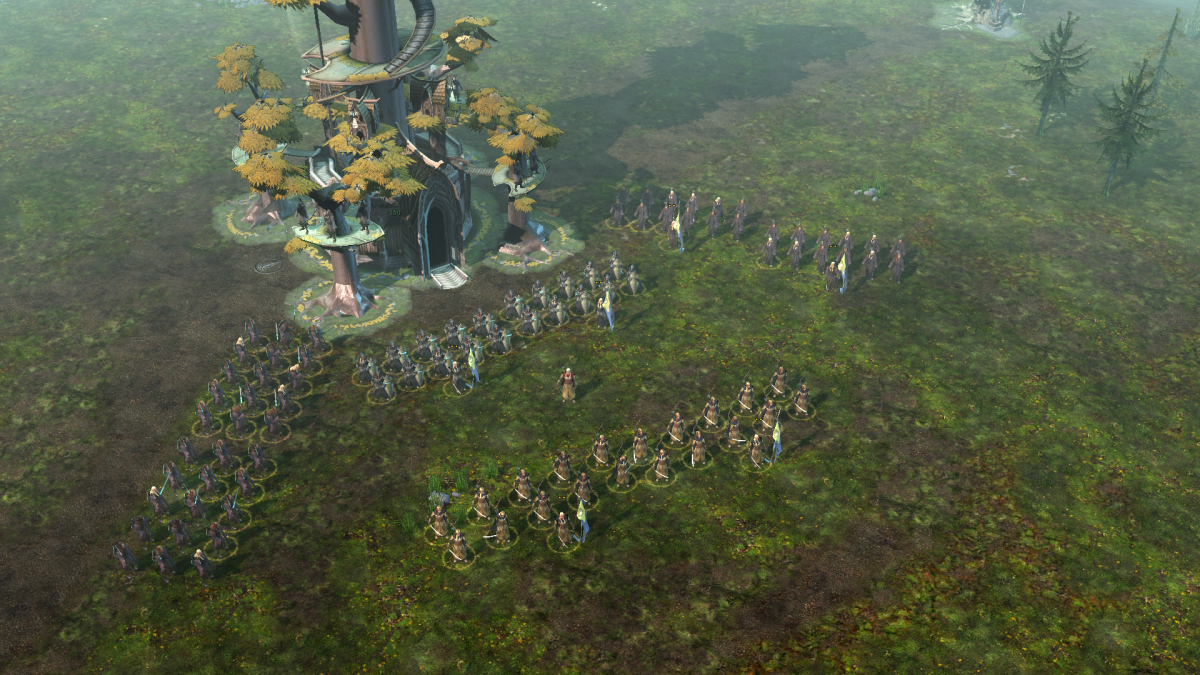

He tries, at first in vain, to mobilize forces against Morgoth, and is eventually slain by Balrogs in battle. Years prior to this event, known as Valian time, are significantly longer than the solar years that occur afterwards.įëanor, eager to avenge his father's death, bestows a new name upon Melkor: Morgoth. The other Valar are able to salvage the last blooming flower and fruit, and they turn them into the sun and the moon. Together they destroy the trees, and Melkor kills Finwë and steals the jewels. He covets the Silmarils and forges an alliance with an evil spider spirit named Ungoliant. Meanwhile, Melkor has taken to interfering in the affairs of Elves, sowing distrust and corrupting some of them into Orcs. His son, Fëanor, makes three Silmarils, or jewels, from the light of the Two Trees of Valinor. Other famed races of Middle-earth such as Dwarves, Eagles and Ents are created by other Ainur with Ilúvatar's blessing.Īn Elf named Finwë leads a clan called the Noldor, renowned for their wisdom and craftsmanship. Humans come later and have much shorter and more vulnerable lives. Elves are nearly immortal many travel between Middle-earth and Valinor in the land of Aman, where the Valar live. Ilúvatar also populates Arda with more "children": the elves and then mankind, both of whom "awaken" in this age. RELATED: Lord of the Rings: Why Elves and Dwarves Hate Each Other He eventually returns to cause more havoc. Melkor will repeatedly try to rule the new world as his own kingdom, but the Valar and Maiar resist him. One Ainur, named Melkor, is more powerful than the others, but also seems rebellious and prone to evil from the start. Eventually they create the Two Trees of Valinor, which provide light.


They give it shape and geographical features.

Some, who become known as Valar and Maiar, are sent to fill the void. Arda's god-like figure is Eru Ilúvatar, whose "children of thought," the Ainur, are spawned by his consciousness. The novel The Silmarillion begins with an account of the Ainulindalë, or the creation myth of Arda, Tolkien's stand-in for Earth. The easiest way to think of this era is as everything that happened before the start of the Second Age, though even this lengthy time period is separated into prehistorical events and recorded history, with some overlap. The Elder Days refers to the most distant time in Tolkien's Legendarium, but because the origin of time can be a difficult thing to quantify, even in fictional world-building, so too is the start and end of the First Age.


 0 kommentar(er)
0 kommentar(er)
